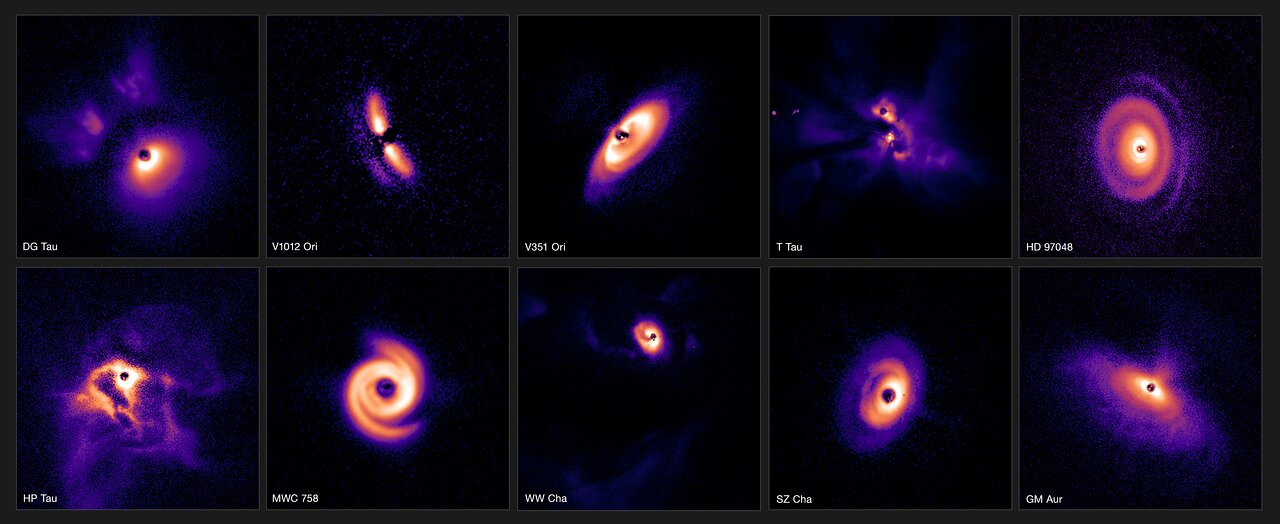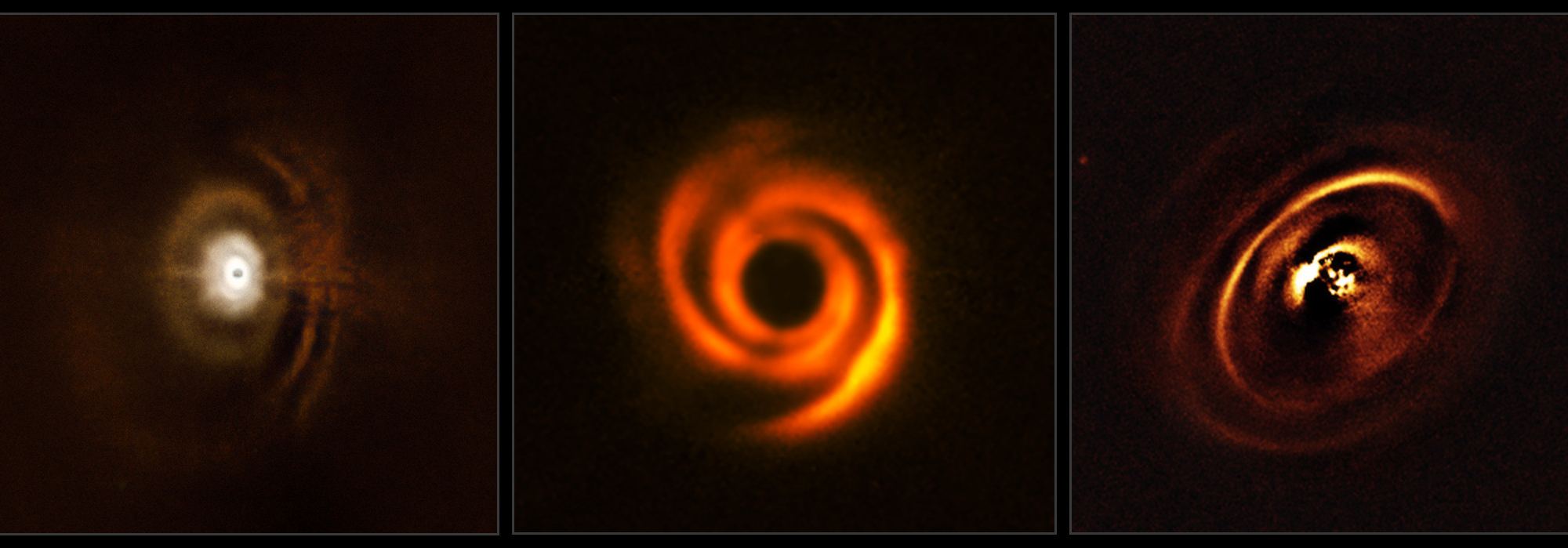The James Webb Space Telescope (JWST) continues to make amazing discoveries. This time in the constellation of Pictor where, in the Beta Pictoris system a massive collision of asteroids. The system is young and only just beginning its evolutionary journey with planets only now starting to form. Just recently, observations from JWST have shown significant energy changes emitted by dust grains in the system compared to observations made 20 years ago. Dust production was thought to be ongoing but the results showed the data captured 20 years ago may have been a one-off event that has since faded suggesting perhaps, an asteroid strike!
Continue reading “Webb Sees Asteroids Collide in Another Star System”Astronomers Image 62 Newly-Forming Planetary Systems
Astronomers using the Very Large Telescope in Chile have now completed one of the largest surveys ever to hunt for planet-forming discs. They were able to find dozens of dusty regions around young stars, directly imaging the swirling gas and dust which hints at the locations of these new worlds.
Just like the wide variety in the types of exoplanets that have been discovered, these new data and stunning images show how protoplanetary systems are surprisingly diverse, with different sizes and shapes of disks.
In research presented in three new papers, researchers imaged 86 young stars and found 62 of them had a wide range of star-forming regions surrounding them. The astronomers say this study provides a wealth of data and unique insights into how planets arise in different regions of our galaxy.
Continue reading “Astronomers Image 62 Newly-Forming Planetary Systems”Massive Stars Have the Power to Shape Solar Systems
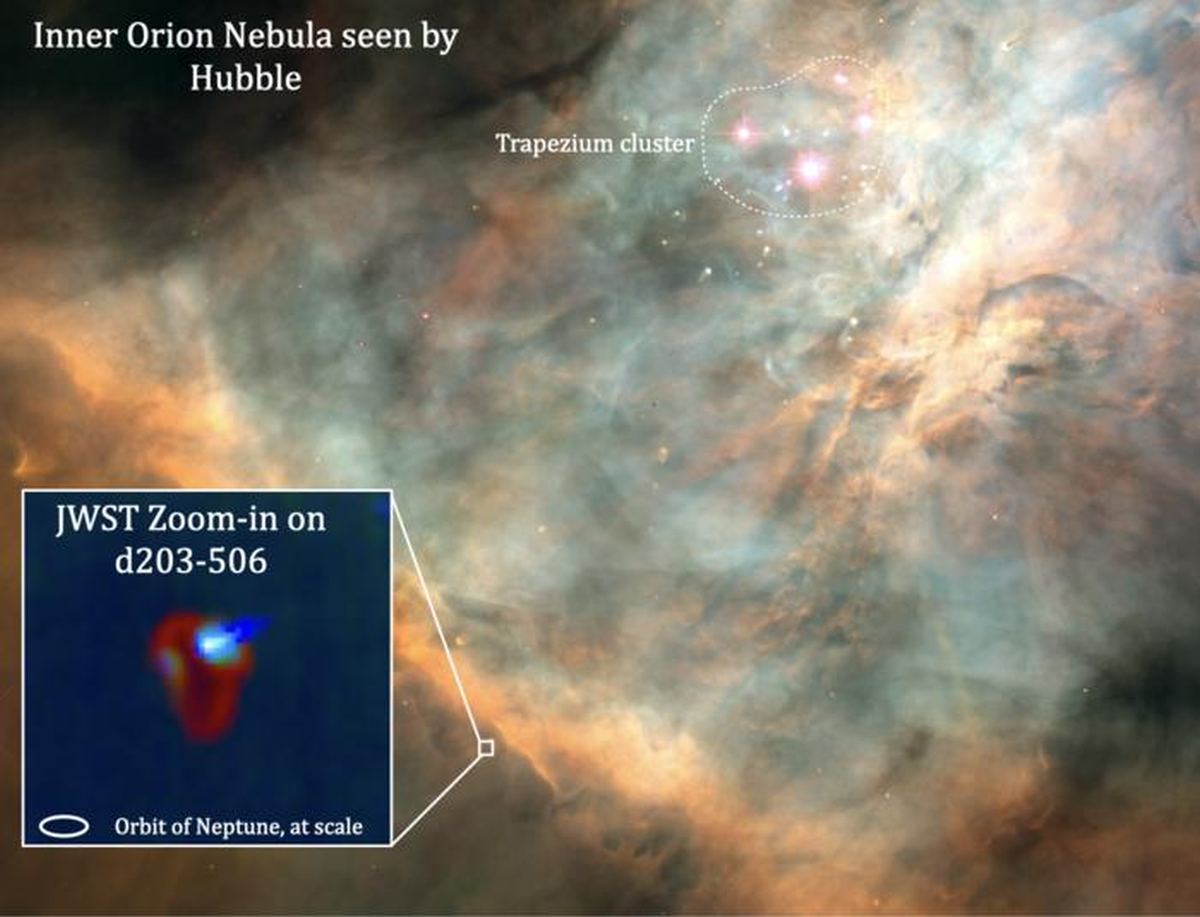
Stars shape their solar systems. It’s true of ours, and it’s true of others. But for some massive stars, their power to shape still-forming systems is fateful and final.
Continue reading “Massive Stars Have the Power to Shape Solar Systems”Clumps Around a Young Star Could Eventually Turn Into Planets Like Jupiter
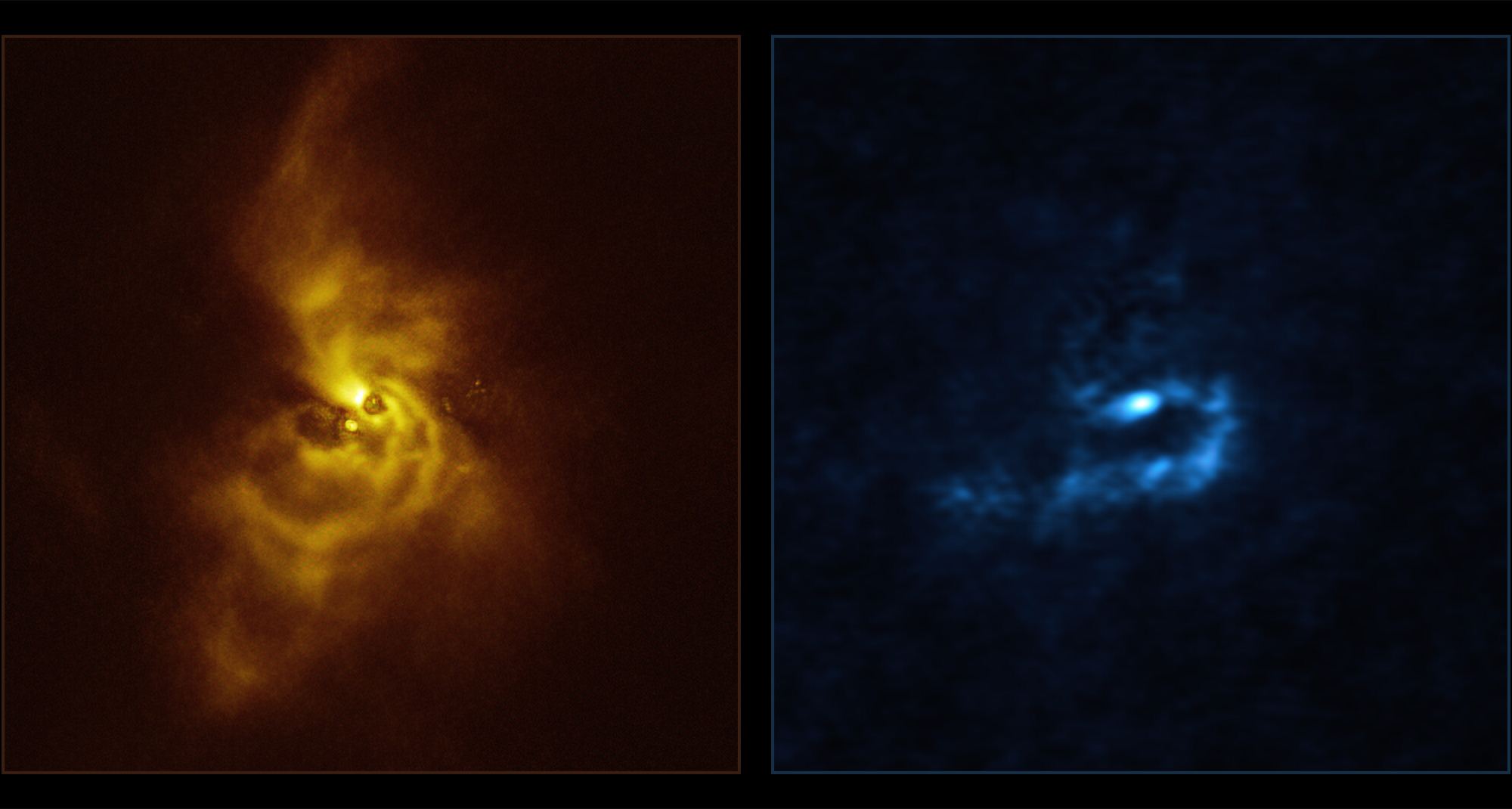
From the dust, we rise. Vortices within the disks of young stars bring forth planets that coalesce into worlds. At least that’s our understanding of planetary evolution, and new images from the Atacama Large Millimeter/submillimeter Array (ALMA) and the Very Large Telescope’s Spectro-Polarimetric High-contrast Exoplanet REsearch (SPHERE) further support this.
Continue reading “Clumps Around a Young Star Could Eventually Turn Into Planets Like Jupiter”Venus Needed Asteroid Impacts to Get its Volcanoes Going
With its thick, cloudy atmosphere, Venus has long held mysteries about its surface. It was only in the late 20th century that astronomers had detailed observations of the Venusian landscape, with the Russian Venera landers in the 1970s and 1980s, and later the 1990 Magellan mission, which made high-resolution radar maps of the surface. There are many things we still don’t know, but one thing we do know is that the surface of Venus is young. And a new study in Nature Astronomy may know why.
Continue reading “Venus Needed Asteroid Impacts to Get its Volcanoes Going”Some Star Systems Create a Planet Sandwich

A recent study presented at the National Astronomy Meeting 2023 (NAM2023) examines a newly discovered planetary formation theory that challenges previous notions on how planets are formed in the disks of gas and dust surrounding young stars, also known as protoplanetary disks. Along with being presented at NAM2023, the study has also been submitted for peer-review to the journal Monthly Notices of the Royal Astronomical Society and holds the potential to help scientists better understand not only how planets form, but how life could form on them, as well.
Continue reading “Some Star Systems Create a Planet Sandwich”A Planet has Whipped Up Spiral Arms Around a Young Star
When you hear the phrase “spiral arms” you probably think of galaxies. Lots of galaxies have bright arcs of stars that spiral away from their center, including our Milky Way. But not all galaxies have spiral arms, and galaxies aren’t the only celestial objects with spiral arms. About a third of protoplanetary disks around young stars have spiral arms, and we now think we know why.
Continue reading “A Planet has Whipped Up Spiral Arms Around a Young Star”Bizarre Exoplanet Breaks All the Orbital Rules
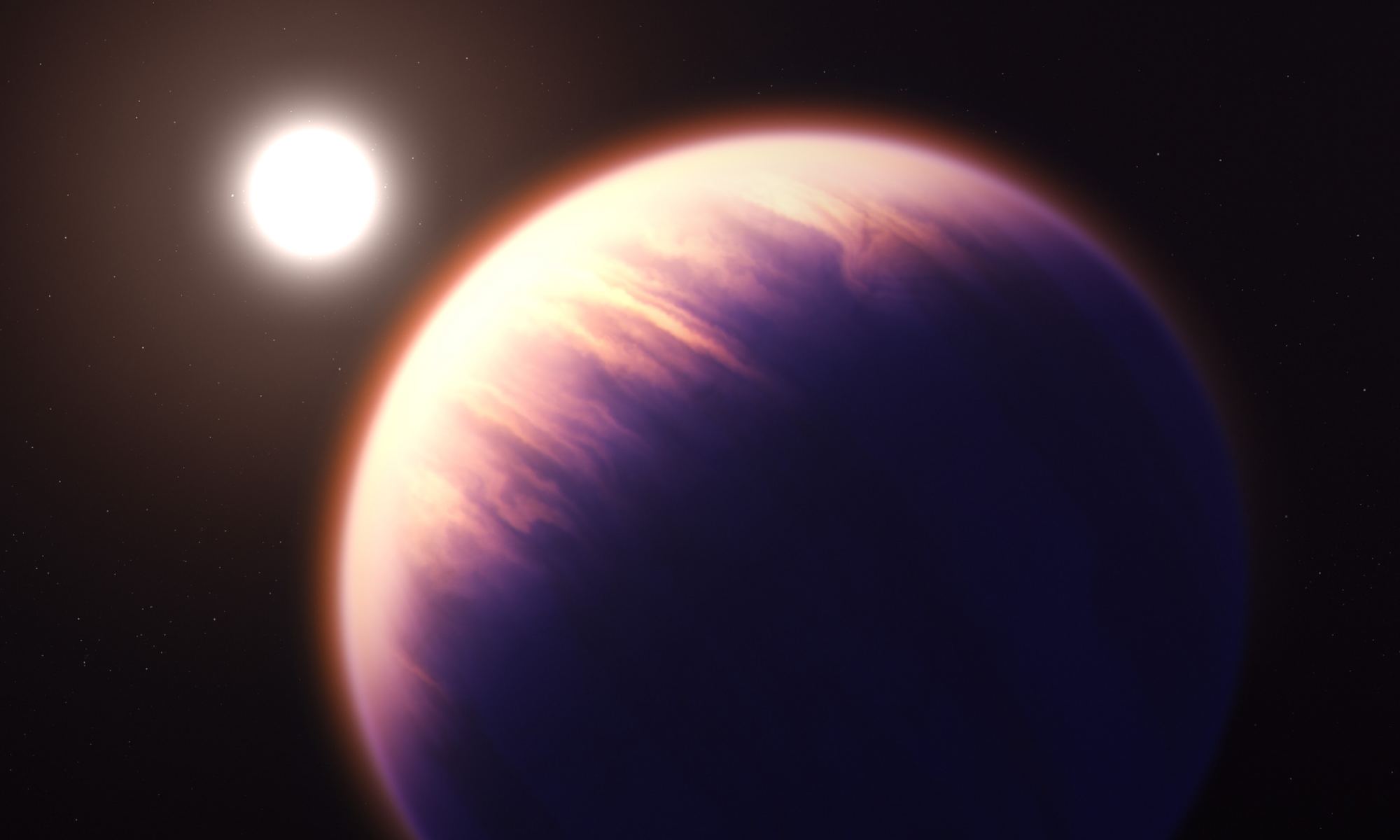
In our solar system, the planetary orbits all have a similar orientation. Their orbital planes vary by a few degrees, but roughly the planets all orbit in the same direction. This invariable plane as it’s known also has an orientation within a few degrees of the Sun’s rotational plane. Most planetary systems have a similar arrangement, where planetary orbits and stellar rotation are roughly aligned, but a few exoplanets defy this trend, and we aren’t entirely sure why.
Continue reading “Bizarre Exoplanet Breaks All the Orbital Rules”What Would Happen if the Solar System Gained a Super-Earth?

In this era of exoplanet discovery, astronomers have found over 5,000 confirmed exoplanets, with thousands more awaiting confirmation and many billions more waiting to be discovered. These exoplanets exist in a bewildering spectrum of sizes, compositions, orbital periods, and just about every other characteristic that can be measured.
Learning about them has also shed light on our Solar System. We used to think of it as an archetypal arrangement of planets since it’s all we had to go on. But now we know we might be the outlier because we have no Super-Earth.
Continue reading “What Would Happen if the Solar System Gained a Super-Earth?”Most Exoplanets Suffer Worse Space Weather Than We Do
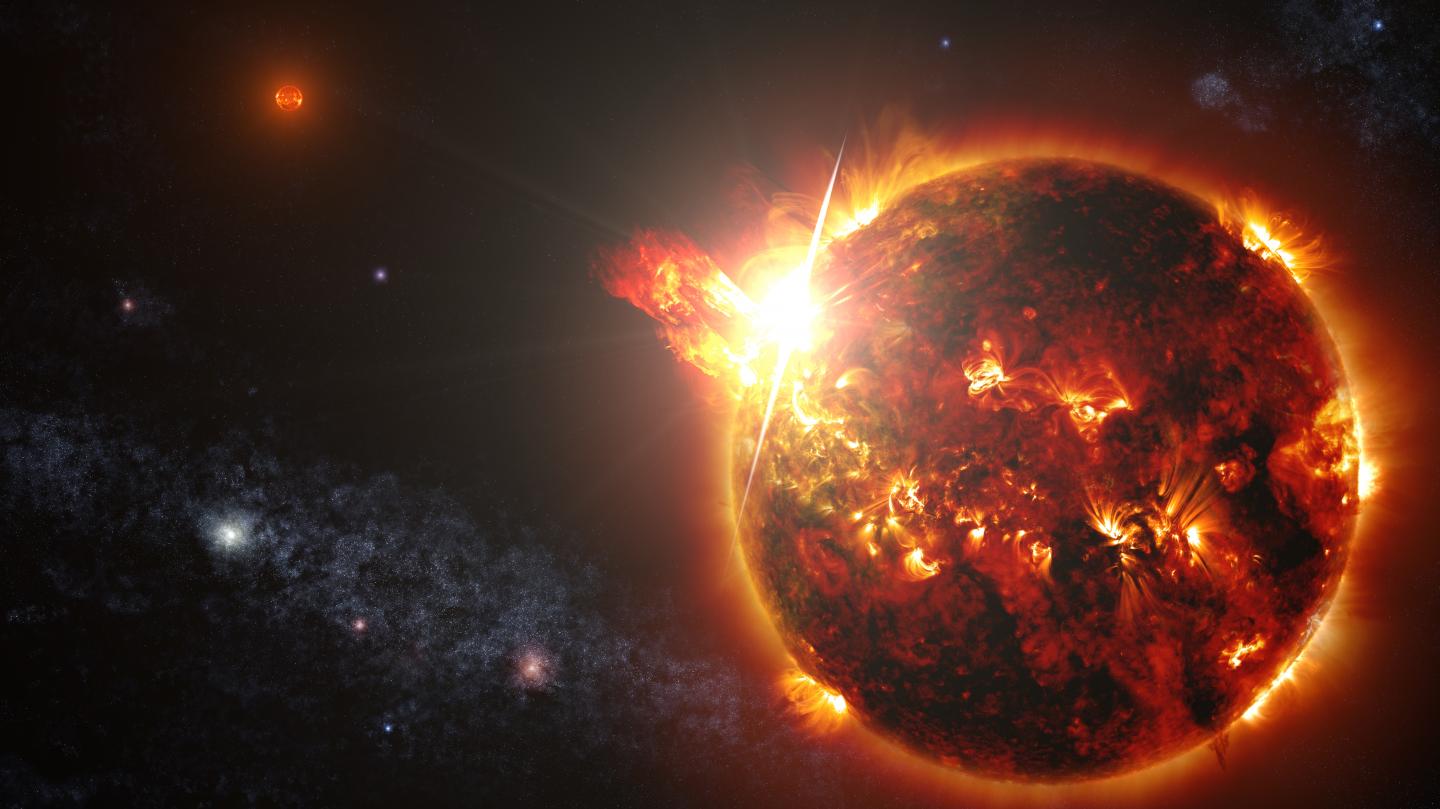
We have it relatively easy on the Earth. Our Sun is relatively calm. The space weather environment in the solar system is altogether placid. Things are nice. But new research has shown that we may be the exception rather than the rule, and that many exoplanets face much harsher conditions than we do.
Continue reading “Most Exoplanets Suffer Worse Space Weather Than We Do”

